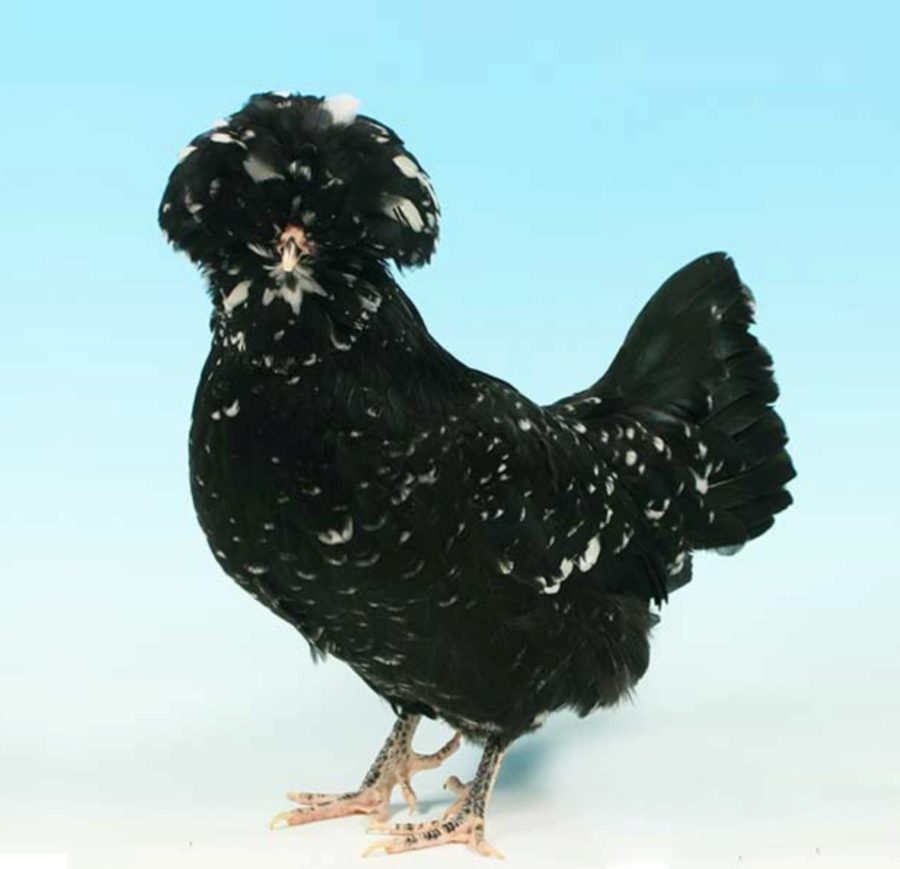Grant Brereton examines three chicken breeds that have a very festive connection…
Whether you regard it as a Christmas song or carol, there is little doubting the worldwide awareness/appeal of this festive song (whether it’s revered or annoying is up to you!). But do just a little research and you’ll soon discover that theories abound when it comes to ‘The 12 Days of Christmas’ and its origins, lyrical adaptions and religious significance.
The ‘bird factor’ always intrigued me. Nowadays the ‘Partridge’ would be a Partridge Wyandotte in a pear tree! But on a serious note, one theory suggests that the five gold rings line is in relation to ring-necked pheasants. Could this be plausible? Of course, being the chicken nut that I am, I was asked by Liz to feature the hens’ part of the song, which is three French hens, on the third day of Christmas.
Even if you just calculated the gifts bestowed upon a person’s loved one on this day, then that alone would be a reasonably generous gift these days. Pure breeds of poultry have increased in cost for several reasons over the past few years, and French breeds are no different. Even if we got them for a bargain price of say £30 each and could persuade a breeder to part with only females, you’re still getting on for nearly a hundred nicker. So how many types of French hens are out there? The main pure varieties – that have their own standards are: Faverolles, Marans, Houdans, La Fleche, Crèvecœur, as well as the popular Bresse meat breed of chicken, which dates back hundreds of years. This year I’m covering La Fleche, Faverolles and Houdans. The Faverolles has its own breed club (The Faverolles Society UK), whereas the La Fleche and Houdan sare much more scarce and come under the care of the Rare Poultry Society.
HOUDAN
According to the history books, the Houdan breed is one the oldest French breeds, and was named after the town of Houdan to the west of Paris. The Houdan is said to have been created from three main varieties of poultry, including Dorkings, Polands and Crèvecœurs as far back as 1840s, but probably had the influx of local fowl too, dating back to the 1700s. The intention behind creating/evolving this breed was for dual purposes (both for meat and eggs) and the Houdan was particularly well-known for its beautifully tender white meat. Just like the La Fleche breed, The Houdan has a V-shaped comb with a small crest on its head. It also has five toes on each foot. Once classed as a heavy breed – the Houdan is also regarded as ‘light’ in terms of weight category by some, and is often confused with the Poland breed. It is primarily black in appearance and is mottled all over with varying degrees of white tipping on most feathers, which generally become whiter after each progressive moult. Houdans reached Britain by around1860 and America by 1867. The British and Americans exhibited the Houdan and they attracted a lot of attention as they were unusual in their looks, but unfortunately, their popularity never grew to more than a handful of breeders (as is often the case).
Picture caption: A Houdan hen
This article extract was taken from the December 2023 edition of The Country Smallholder. To read the article in full and learn more about Houdans, La Fleche and Faverolles, you can buy the issue here.
To receive regular copies of The Country Smallholder magazine featuring more articles like this, subscribe here.
For FREE updates from the world of smallholding, sign up for The Country Smallholder newsletter here.








